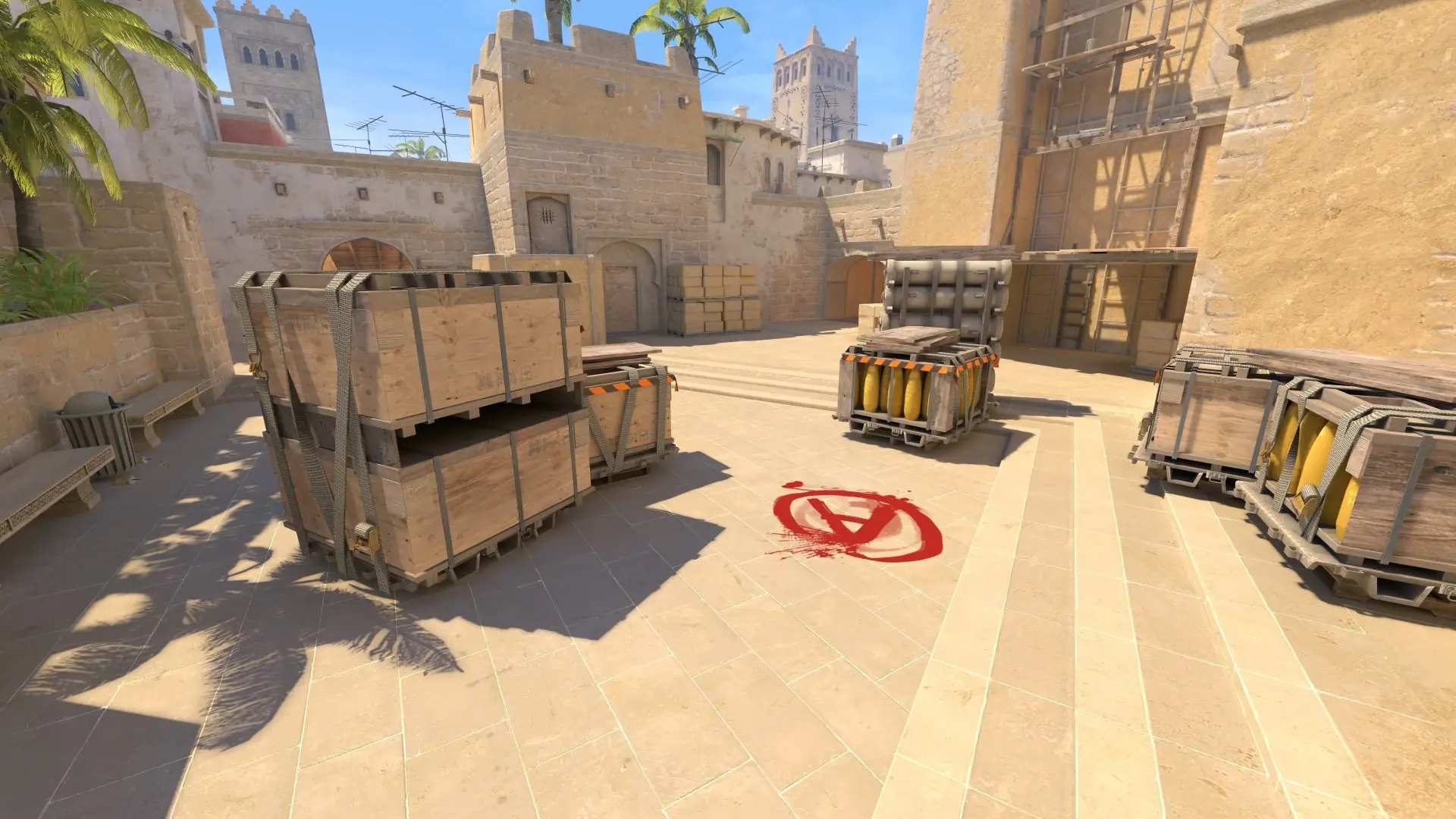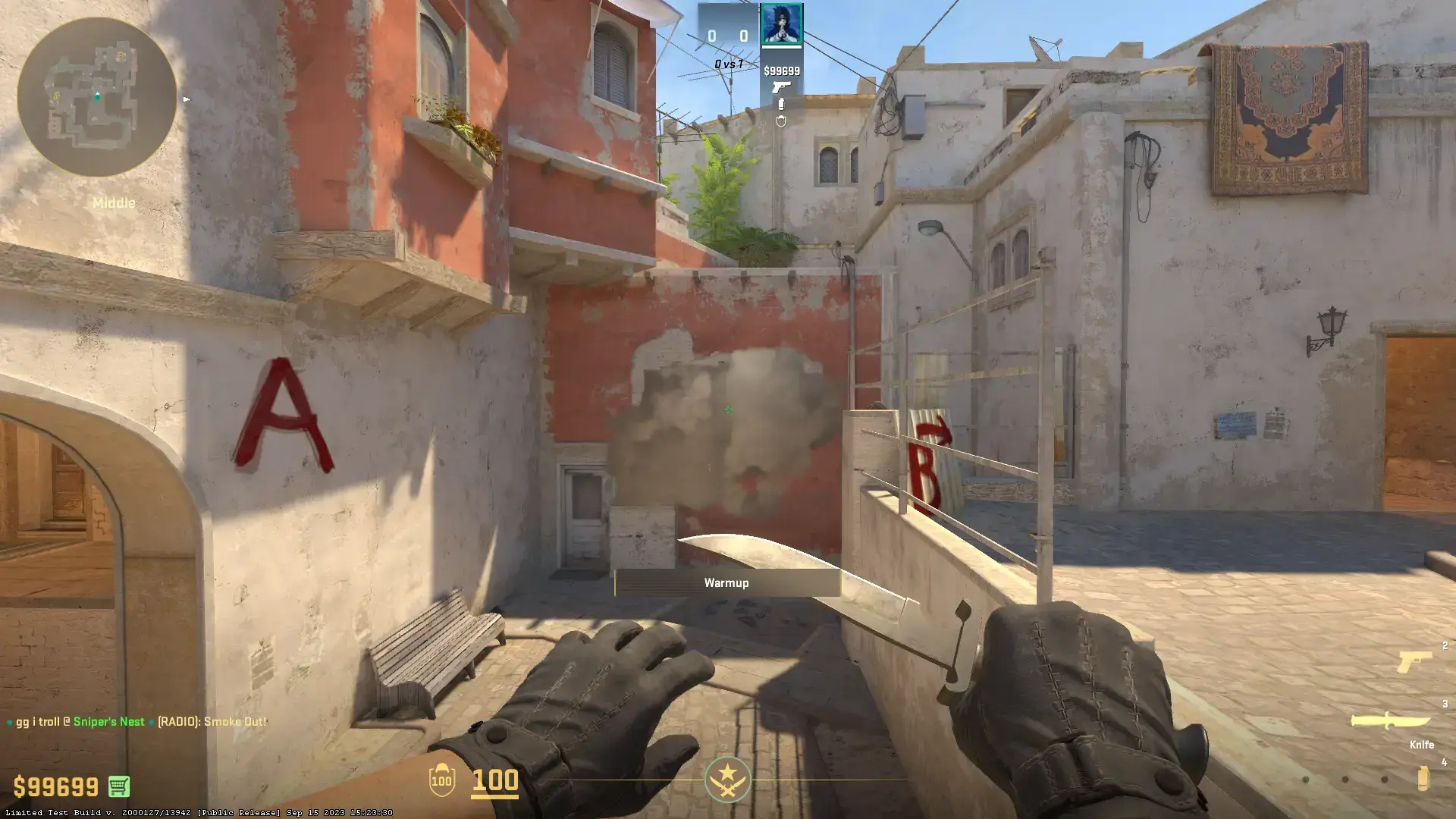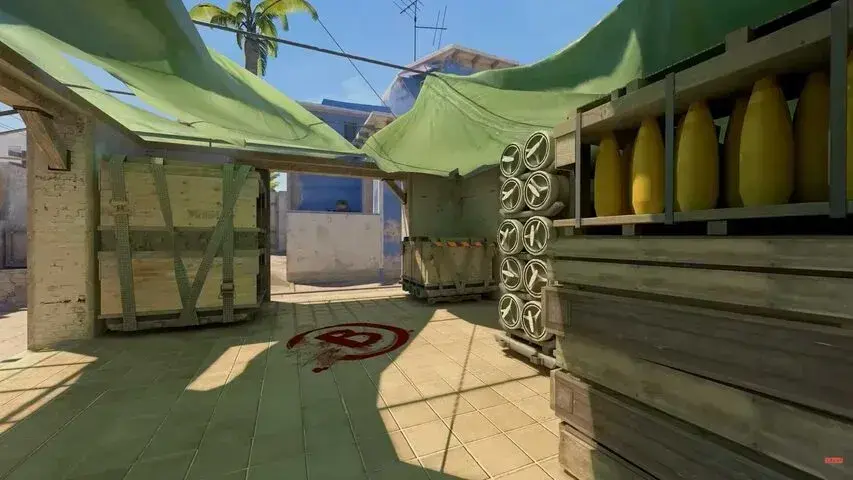
Mirage is more than just another map in the Counter-Strike 2 competitive scene. It's a staple, a favourite for players and fans alike, known for its balanced layout and the diverse gameplay it supports. With the CS2 community constantly debating the merits of various maps in the pool, Mirage consistently emerges as a non-negotiable element for many. Its mix of strategic complexity and opportunities for individual skill makes it a map that many argue should remain a fixed part of the competitive landscape.
After the first CS2 Major, the community's focus inevitably shifts towards the future of the competitive map pool. Amidst spirited discussions and fervent debates, a familiar refrain emerges from corners of the community: a growing weariness with Mirage. Despite its longstanding presence as a cornerstone of Counter-Strike competition, voices expressing a desire for change have grown louder. "We're fed up with Mirage," some say, yearning for a shake-up that could bring fresh dynamics to the beloved yet predictable battlegrounds of CS2. This sentiment sets the stage for a deeper exploration into why, despite this fatigue, Mirage continues to be regarded by many as an irreplaceable component of the game's competitive heart.

Iconic design and balance
Mirage's layout is a masterclass in balanced map design, featuring a classic three-lane structure that has become synonymous with strategic Counter-Strike play. This design facilitates a diverse array of tactics, from fast-paced rushes to slow, methodical map control strategies. The symmetry and balance ensure that neither side has an inherent advantage, making each round a test of skill, strategy, and teamwork. Key areas like the middle, A-site, and B-site offer allow teams to craft complex tactics and execute precise plays. Mirage's design not only promotes competitive fairness but also encourages creativity, making it a staple in the competitive rotation.
One of the most popular maps among players
Mirage's appeal transcends the professional scene, resonating with casual and competitive players alike. Its popularity is evident in matchmaking lobbies, community servers, and professional tournaments, where it frequently features as a chosen battleground. This widespread acceptance can be attributed to the map's engaging gameplay that caters to a variety of playstyles, from aggressive entry fragging to strategic utility usage. Players appreciate the clear objectives and distinct areas that make learning and mastering the map a rewarding experience. The universal appeal of Mirage, bolstered by its accessibility to newcomers and depth for veterans, cements its status as one of the most beloved maps in Counter-Strike's history.

High skill ceiling
Mirage doesn't just stand out for its strategic depth; it's also a battleground where individual prowess can turn the tide of a match. The map's layout, with its myriad angles and peek points, rewards players with exceptional aim and quick reflexes. Sniper duels in mid, close-quarters combat in the apartments, and the intricate dance of site retakes all contribute to Mirage's high skill ceiling. This environment allows top-tier players to showcase their mechanical skills, from jaw-dropping flick shots to precise utility placement, making every round an opportunity for memorable plays.

Viewer engagement
Mirage's design isn't only player-centric; it also makes for a thrilling spectator experience. The map's clear-cut structure and iconic locations, like the imposing A-site Tetris or the labyrinthine B apartments, provide a backdrop for tense showdowns and strategic plays that are easy to follow and exciting to watch. The potential for both strategic depth and individual heroics ensures that matches on Mirage are filled with suspense and surprise, keeping viewers on the edge of their seats. This balance between predictability for strategic analysis and unpredictability for entertainment value makes Mirage a favourite among CS2 audiences.
Versatility across skill levels
One of Mirage's defining features is its accessibility to players across the spectrum of skill levels. For newcomers, the straightforward objectives and distinct landmarks make it an ideal learning ground. For veterans and professionals, the same map offers a canvas for intricate strategies and high-stakes duels. This versatility ensures that Mirage remains a relevant and engaging map regardless of a player's experience level, contributing to its irreplaceable status in the map pool. Its ability to offer something for everyone—from casual matches to high-level competitive play—underscores the map's broad appeal.


Conclusion
The reasons for keeping Mirage in the CS2 map pool are clear and practical. Its balanced design supports fair competition, its layout offers a stage for players to demonstrate high-level skills, and its familiarity provides a consistent viewing experience for fans. Additionally, its accessibility to players of all skill levels ensures its continued relevance in the competitive and casual scenes alike. In the ever-changing world of CS2, Mirage stands as a constant, offering a reliable, tested ground for competition.



![[Exclusive] James Banks on the best transfer of 2025: “molodoy to FURIA”](https://image-proxy.bo3.gg/uploads/news/375221/title_image_square/webp-cb1c4993aeb1c0987edad3f90713e0dc.webp.webp?w=60&h=60)
![[Exclusive] ZywOo: “Back-to-back Majors in the same year is something very special”](https://image-proxy.bo3.gg/uploads/news/375190/title_image_square/webp-212a61c0913d3def63054f4806f6dad3.webp.webp?w=60&h=60)


No comments yet! Be the first one to react